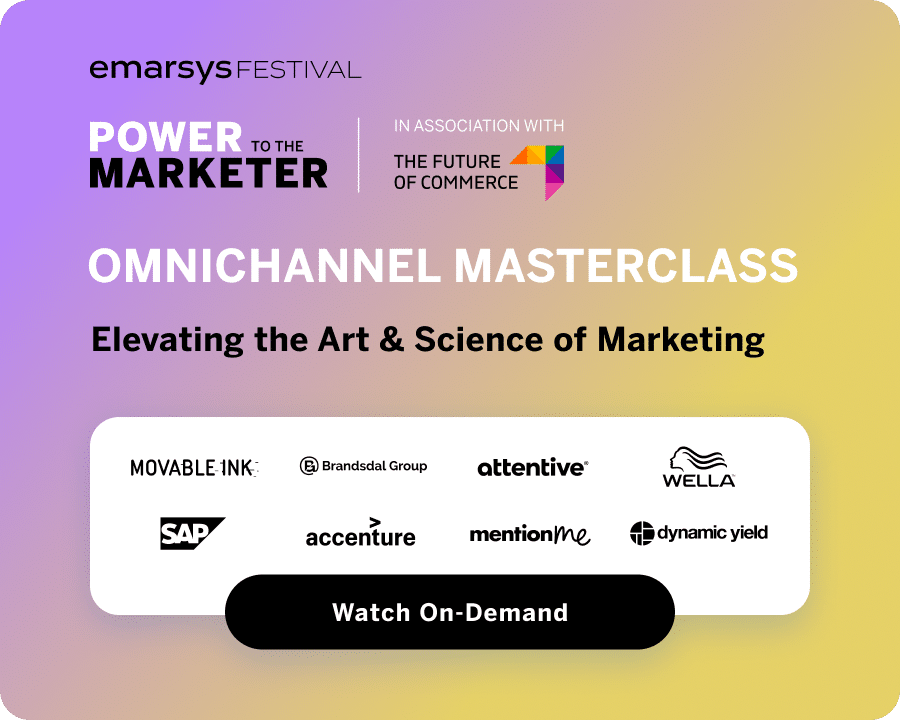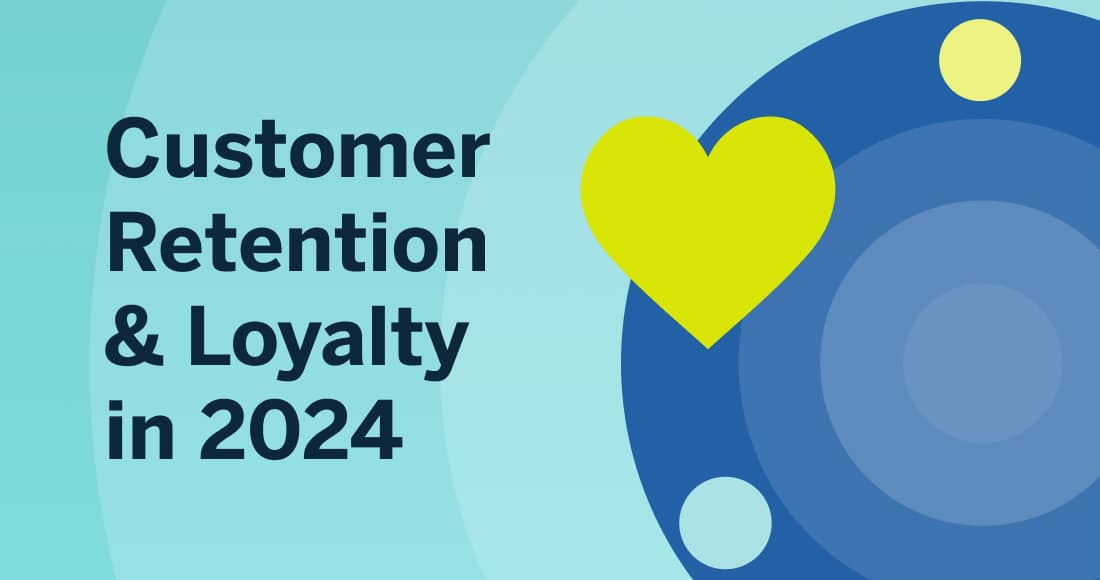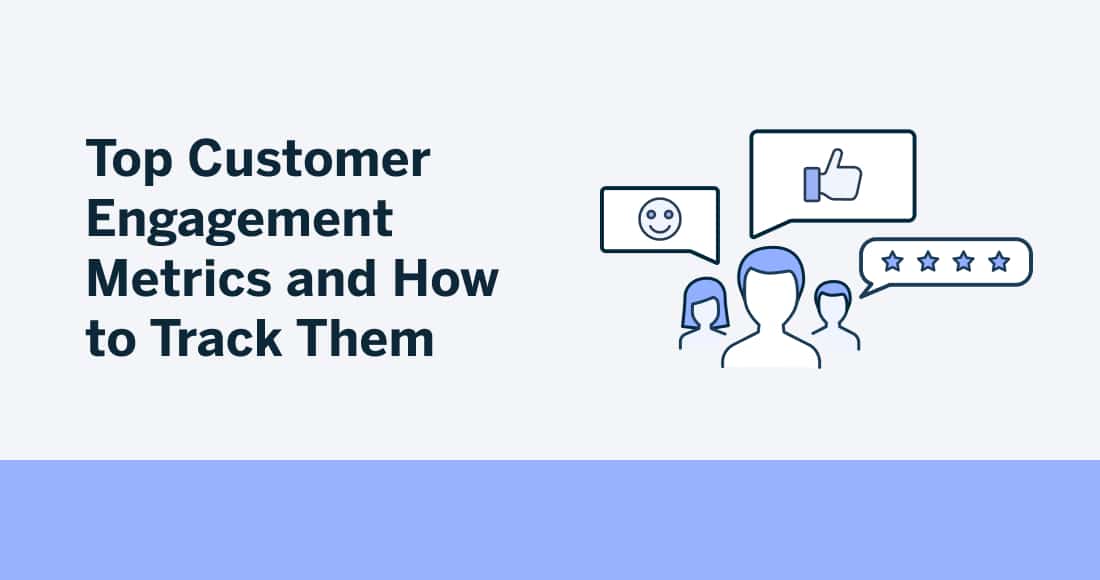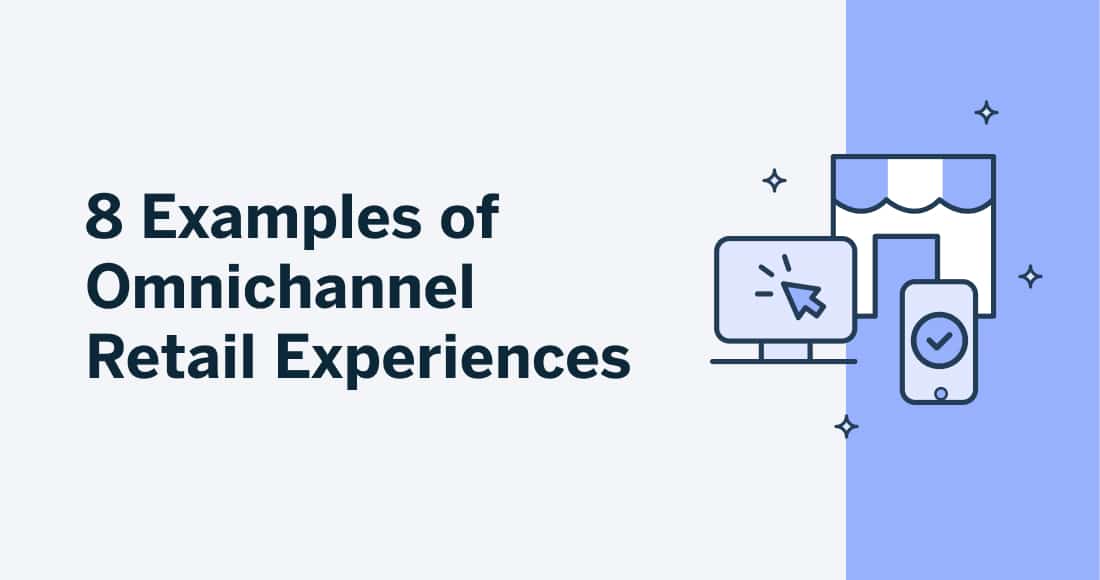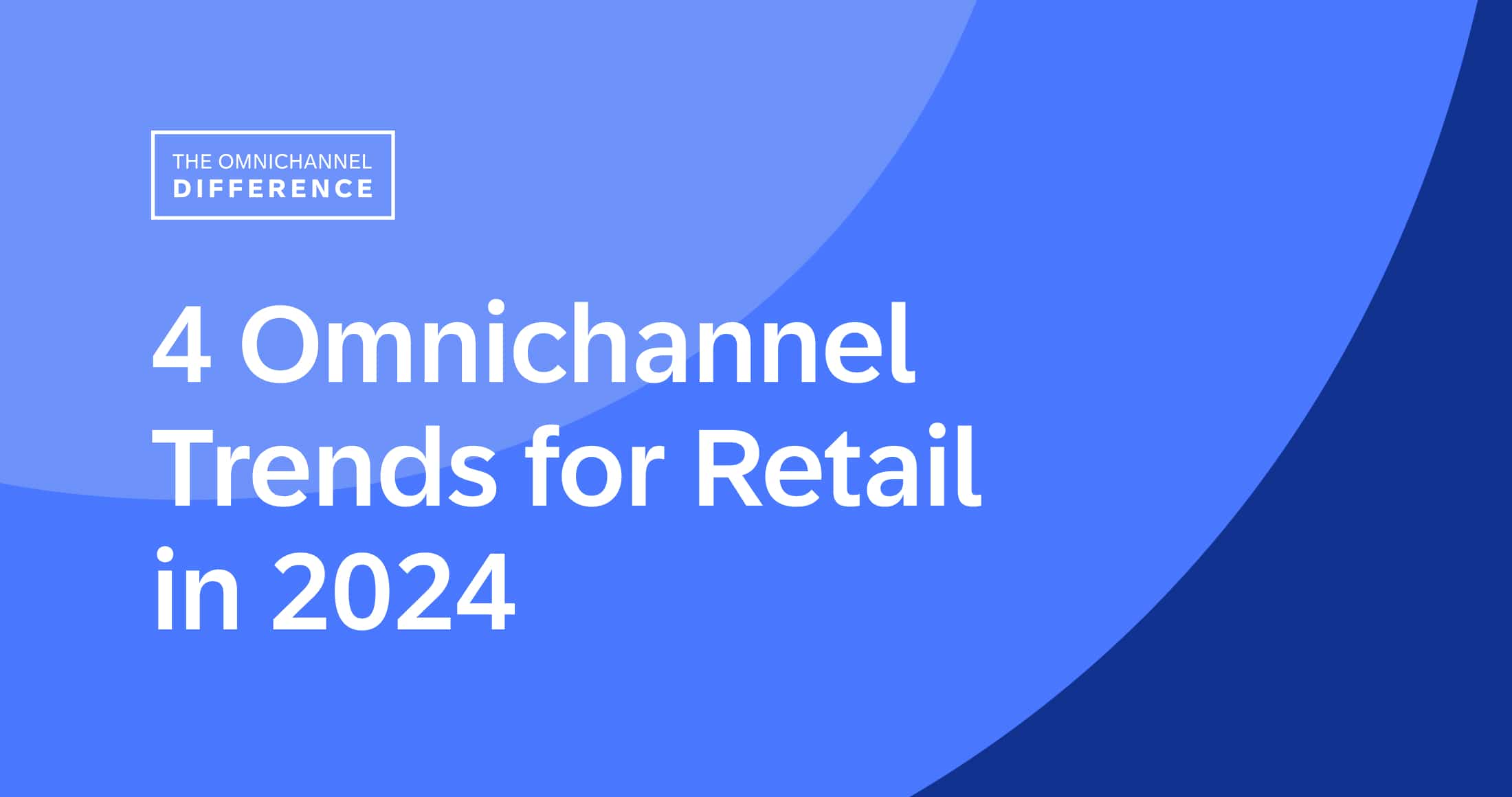In part I of this series, we explained why cookies have traditionally been important for online advertising, and how the entire online ecosystem is basically reliant upon them. This article explores the application of first-party data and the value of retention across the lifecycle.
Since cookies will be going away into 2021-22 as data concerns mount, brands need to find other means by which customer identification, customer identity management, and nurturing can happen.
Enter: permission marketing, first-party data, and totally futureproof server-to-server integrations built with an omnichannel customer engagement platform.
Online commerce is at the precipice of a new dawn — spurred by tracking concerns and new data privacy legislation across the world. New privacy laws and browser restrictions are also diminishing the precision and measurability of digital advertising while cluttering web experience with burdensome consent notices.
Forward-thinking marketers across the world are beginning to consider alternatives to cookie-based tracking and disruptive web messages.
The online ad space has become saturated with more data, more tracking, and more content.
As described in PT I, cookies are everywhere. Cookies follow users around the web and track their every move. Most sites have thousands. Even those using only first-party cookies aren’t really operating in a vacuum because, as we explained, cookies are connected… all of them.
The Internet is a web, a giant connected neural network where it seems like we’re all just chomping at the bit, quietly clawing to identify, hunt down, and capture unsuspecting consumers.
Okay, that may be a stretch, but it’s gotten pretty crazy.
Don’t believe me? 47% of consumers are now using ad blockers and 96% do not trust ads.
Data concerns are growing, and regulatory bodies have caught on. Cookies are soon to be out and many marketers don’t know what will be “in.”
There are several big pivots that brands who want to be successful this upcoming decade will have to make:
- Prioritize collection, management, and usage of owned, first-party data
- Start making server-to-server integrations to regain control, reduce costs, and future-proof your business
- Permission-marketing allows greater control over your brand’s data and allows customers to have greater control over their privacy
The Importance of First-Party Data
For now, the majority of data is owned and operated by five companies — Apple, Facebook, Google, Microsoft, and Amazon. But this will change in the coming years.
Data democratization
GDPR has been in effect for two years now, and it’s fundamentally changed the landscape for collection of data. The European Union and other governing bodies want to give people more control over how their personal data is used. By strengthening data protection legislation and introducing tougher enforcement measures, the EU and other sanctioning entities hope to improve trust in the emerging digital economy, and give businesses a simpler, clearer legal environment in which to operate — making data protection laws identical throughout a single market.
Bear in mind that many companies like Facebook, Google, and others have been swapping data for use of their services forever. Now, these brands are announcing they’ll be removing third-party data swapping and will not be using cookies.
| Both companies are taking steps towards greater data transparency and have been announcing further steps they’ll take. For example, Google has announced they’ll be using “trust tokens,” which will essentially link an individual between distinct websites without disclosing any identifying data about who they are. Look for more compromises like this. |
This release of control and spreading out of data ownership is called “data democratization.”
Customers will need to be given choice and control over how their data is handled. To comply, marketers need to collect their own personal data, know where it’s located in the business, how it’s used, who can access it, and much more.
If you can’t borrow data, own it
Companies that are going above and beyond aren’t merely relying on third parties (to borrow data, do advertising, etc.), but they’re taking matters into their own hands.
First-party data is data that is collected, controlled (where and what a brand wants to do with such data, like sending it to Facebook and Google), and managed directly by a company.
First-party acquired customer data is the lifeblood of successful organizations. It’s the truest form of information about your customers because they gave it to you in confidence and in exchange for a promise of value, in anticipation of information, personalized discounts, and more rewarding overall experiences.
It’s only via first-party data that brands can confidently link various touchpoints, connect the dots between numerous disparate interactions, events, and instances, and create that illuminous “360-degree view” to really understand who customers are.
Server-to-Server Integrations
A server-to-server (S2S) integration allows a brand to have complete control over the data they send to other platforms. These integrations also help reduce the cost and maintenance of an integration by only having one integration point. This way, a brand can future-proof themselves for any further changes in tech or data management, as well as regulations in data privacy.
One place where companies struggle most is connecting all their data to marketing automation and execution. In addition, it’s difficult to unify various data points from separate sources into one customer data platform — all while attempting to offer all marketing channels (email, social, mobile, web, print) one “source of truth” when it comes to identifying and determining who to target.
This is a major challenge that prevents a cohesive experience across channels for customers. It also blinds marketers — if you’re only able to look at data points for individual channels, you’ll never see the whole picture. It’s also difficult to see what’s best for the customer — so therefore brands are personalizing for the channel first, not the customer. Integrations help eliminate silos and unify data.
Some argue that because server-to-server connections needs to be created with each advertising, social, or marketing platform at a time, the process increases tech debt over time, and behavioral data actually becomes weakened, leading to fractured customer experiences. But given the options, S2S is one option and does offer the ability to connect multiple sources back to a centralized platform. If you do not have a core automation platform, this may not be a worthy endeavor.
Acquisition and Retention
Smart marketers who have decided not to fight the system but to ride the wave are learning how to use data transparency to their advantage. They’re reshaping their strategies toward retention.
Re-subscription/re-permission and retargeting will become increasingly more important in the data-censored world we’re moving towards.
You only need to re-permission if you have collected personal data without adequate consent under the GDPR. Having subscribers opt-in to get your communications means that they’re indicating that they want to hear from you. This has a number of benefits including cleaner data and increased engagement. IIn time, this will increase the amount of your emails that get delivered and opened. It works like this:
clean data + positive intent = increased engagement & improved inbox placement
If you handle the requirements for transparency correctly, you’ll increase the likelihood that subscribers will provide you with more information because they’ll have greater confidence in how your data will be used.
But, as email consultant Kath Paywarned in our article, The Definitive Chapter Guide to Re-Permissioning Campaigns for GDPR, “The most important thing to remember about re-permissioning campaigns is that while obtaining re-permission is only a tiny percent of the total work to be done to be compliant with GDPR, it can potentially have a huge negative impact on revenue if not planned, implemented, and optimized correctly. Don’t take it for granted that you’ll maintain your current list size. You’re going to have to work smarter to gain permission, and carefully test to see what format, number of fields, signup process, copy, position, benefits, tone of voice, and elements of persuasion work best for your audience.”
And, you’re not restricted to only sending re-permission campaigns to email subscribers – make the most of your other channels to drive confirmed opt-ins. For instance, you can use social media, email, mobile push, text messaging, or pop-ups to send contacts to a quick form.
Re-permissioning is critical for your ongoing compliance and list cleanliness, but it’s a doable feat if you plan and execute it with strategy and patience.
Conclusion
Control of data is being handed back to consumers, while brands lean into massive change spurred by AI, machine learning, predictive analytics, and new regulations like GDPR.
First-party data is the biggest ally of any marketer, and those who succeed in 2020 and beyond will learn to use data, augmenting their strategies with revolutionary new marketing tech.
The best way to maintain GDPR compliance and good standing with your customers is to leverage an end-to-end customer engagement platform that can store all cross-channel information and make it easy to collect, analyze, and act on all that data.
Take the Next Step and Learn How to Truly Get the Most of Your Customer, Product, and Sales Data in Our New e-Book!
Handpicked Related Content:
